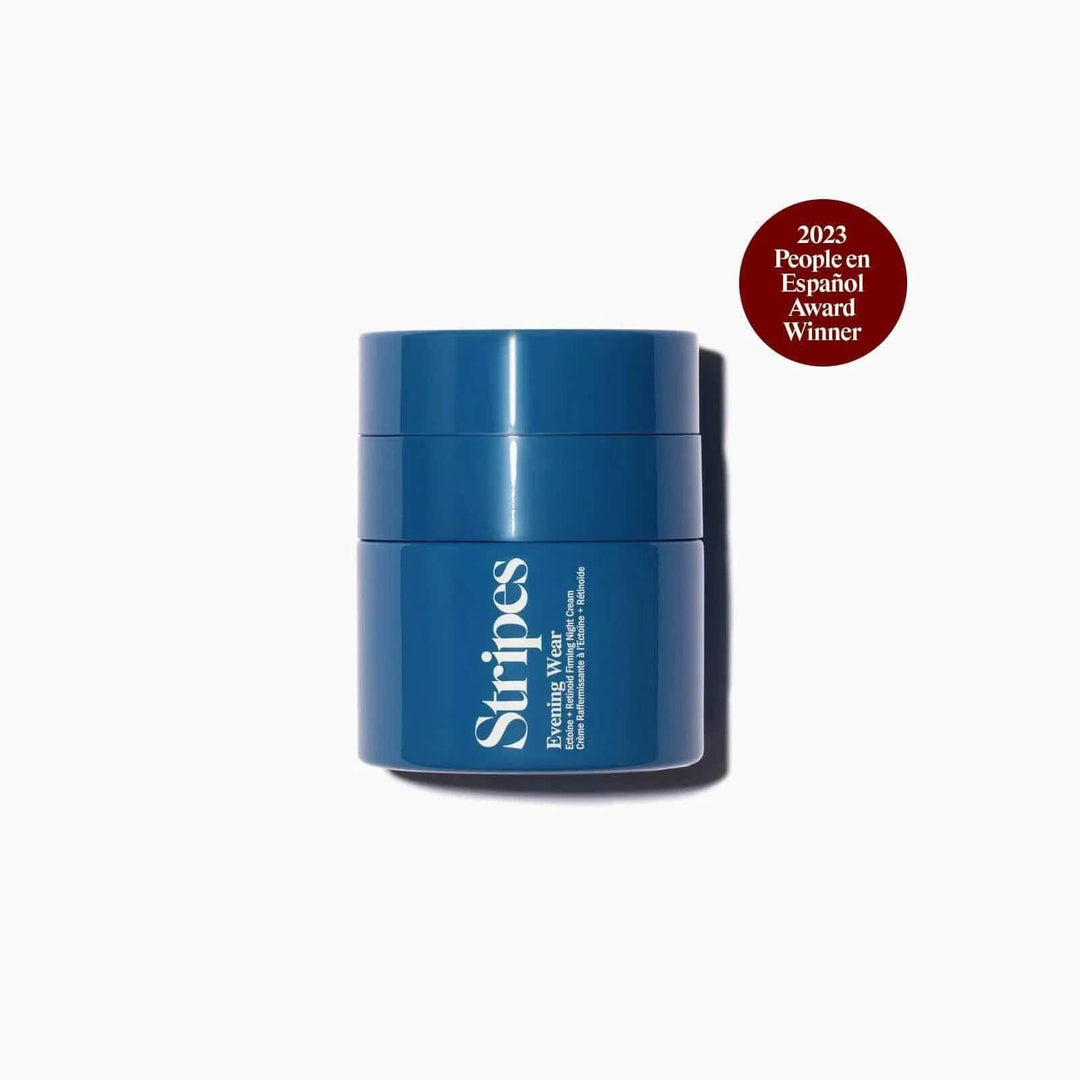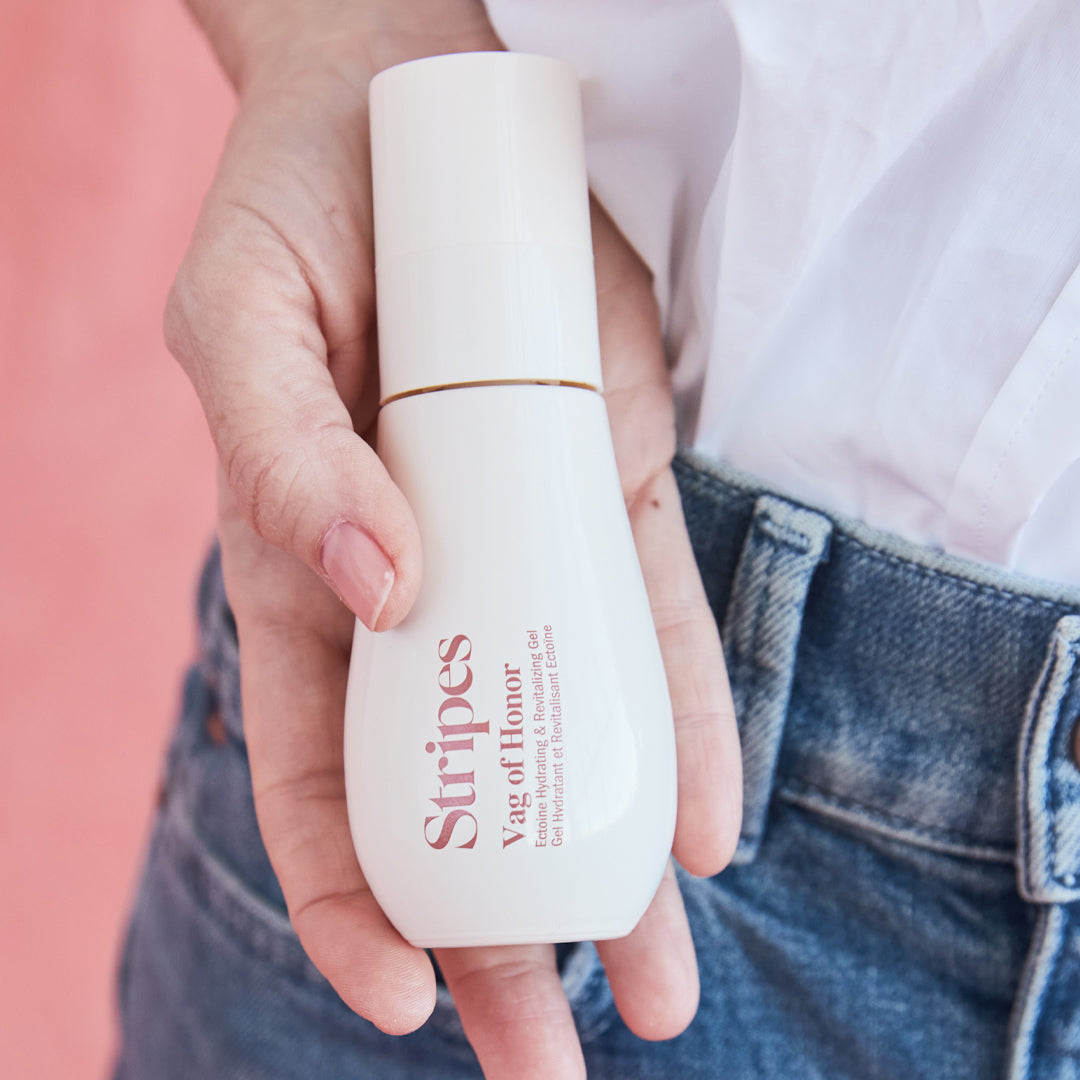Skipping The Gym? How To Find Exercise You Actually Like
“Exercising more” is a perennially popular New Year's resolution. But while many of us begin the year in a frenzy of athletic activity, our newfound dedication tends to drop off sometime between mid-January and mid-February. By mid-year, our plans for a new exercise routine are often a faded memory.
Obnoxious fitness influencers and your high school gym teacher say that this drop-off is due to lack of discipline. But what if, actually, it’s because most fitness resolutions focus on unsustainable levels of exercise? What if the secret to getting in shape isn’t going harder but listening to your body and figuring out what you really want from your time in the gym?
Why gym resolutions fail
According to Amanda Thebe, a fitness and women’s health expert and author of Menopocalypse: How I Learned to Thrive During Menopause and How You Can Too, “People go into the new year with a little bit of guilt over the indulgence of the holiday season and go into [exercising] with gusto, but at a pace that’s completely unsustainable.”
Our gym plans also fail when they have nothing to do with who we are and what we actually enjoy doing or feeling. “We’re influenced so easily by what’s outside of us,” says Thebe. “We might see a friend thrive in HIIT classes or a keto diet and adopt those things ourselves without thinking about whether they make sense for our own lives, or if we’d even like them.”
Thebe recommends examining whether your new and hastily laid fitness plans “really fit into your lifestyle — or are you just influenced by what other people are doing?”
Figure out your “why”
So how do you figure out what genuinely works for you? Laura Khoudari, a trauma-informed personal trainer and coach and author of Lifting Heavy Things: Healing Trauma One Rep at a Time, suggests asking yourself why getting in shape is your goal right now, then figuring out how your “why” fits into your values.
“By getting curious, we can begin to identify a couple of things,” says Khoudari, including “whether or not ‘getting in shape’ is actually the goal, what it means to [you] to be ‘in shape,’ and if there is an internal motivator ... because internal motivation makes forming new habits a bit easier.”
With this information you can figure out what you truly want from working out. While it’s easy to just say “I need to work out more,” there are more concrete and positive reasons to bring more movement into your life, such as wanting to feel more comfortable in your skin, having a healthy way to battle stress, or wanting to build new muscles. Once you have a real idea, you can craft your approach from there.
Start with small steps
Most of us have received the message that being hard-core is the only way to change a habit, hence the tendency toward extreme, “I’m never eating sugar again”-type resolutions.
Instead, says Thebe, ask yourself, “What’s one small thing I can start doing that I can repeat every single day?” It could be as simple as taking a walk around the block, or making sure you eat protein every morning with breakfast, so you’ll have the energy to get in some physical movement throughout the day. This slow and steady approach works better than going big and burning out, “because we know that the way actual change is elicited is by repeating, and repeating consistently.”
How to figure out what exercise you actually like
So how do you figure out exactly which physical activity you can stick with? Thebe recommends trying anything that looks intriguing to you, from taking a Zumba class to taking a walk every day, and focusing on whether you enjoy it and how it makes you feel (rather than whether it’s torching calories).
“When you find something that you like, the chances are you’re going to keep coming back for more,” says Thebe. Finding an exercise routine you like can feel empowering “and make [you] feel more capable, and then [you] get curious. That’s how motivation starts. Motivation starts from building this curiosity.” This can be especially important during menopause, when women’s belief in their athletic ability starts to falter; trying and enjoying new things can help counter those feelings.
Trendy isn’t always better. Just because people you know love their $1,200 water rower doesn’t mean you should turn your back on exercise that secretly appeals to you. Sure, 1980s-style step aerobics, adult ballet, or kickboxing may not be the hot new fitness fads on Instagram. But so what? If it makes you smile and brings you joy and/or adrenaline, you’re on the right track to making a plan that sticks.
If you fall off, don’t blame yourself — re-evaluate your fitness plan
Often, our early enthusiasm for a new workout plan is matched only by the shame we feel when we hit an inevitable bump in the road — which can cascade to giving up completely. But finding that one hour of Peloton a day doesn’t fit into your life (or is adding stress or negative feelings) doesn’t mean you’ve failed; it just means it’s time to re-evaluate your plan.
If you’ve stopped hitting the gym, Thebe recommends analyzing why. For example, if you’ve found that you’re too exhausted to work out for an hour every day, consider how you could tweak your plan — working out every other day, for example, or working out for 30 minutes instead of an hour.
This goes doubly if you’re dealing with migraines, fatigue, aching joints, or other peri/menopause symptoms that make working out difficult. Thebe recommends rating your symptoms on a scale of 1 to 10 and making decisions about what exercise feels good in the moment based on that, rather than sticking to a set routine every day (she dug into her process more in an Instagram post).
When you give yourself permission to make your own rules rather than trying to stick to a standard of fitness you see online or among your peers, “it takes so much pressure off you,” says Thebe. “It actually allows you to just create an environment that’s going to be successful, rather than doing what somebody else thinks you should be doing.”
Gabrielle Moss is the editor at Stripes. She's the author of Paperback Crush: The Totally Radical History of '80s and '90s Teen Fiction. Her work has appeared in the New Yorker, Slate, GQ, Buzzfeed, Marie Claire and elsewhere.
Photo by RODNAE Productions/ Pexels











